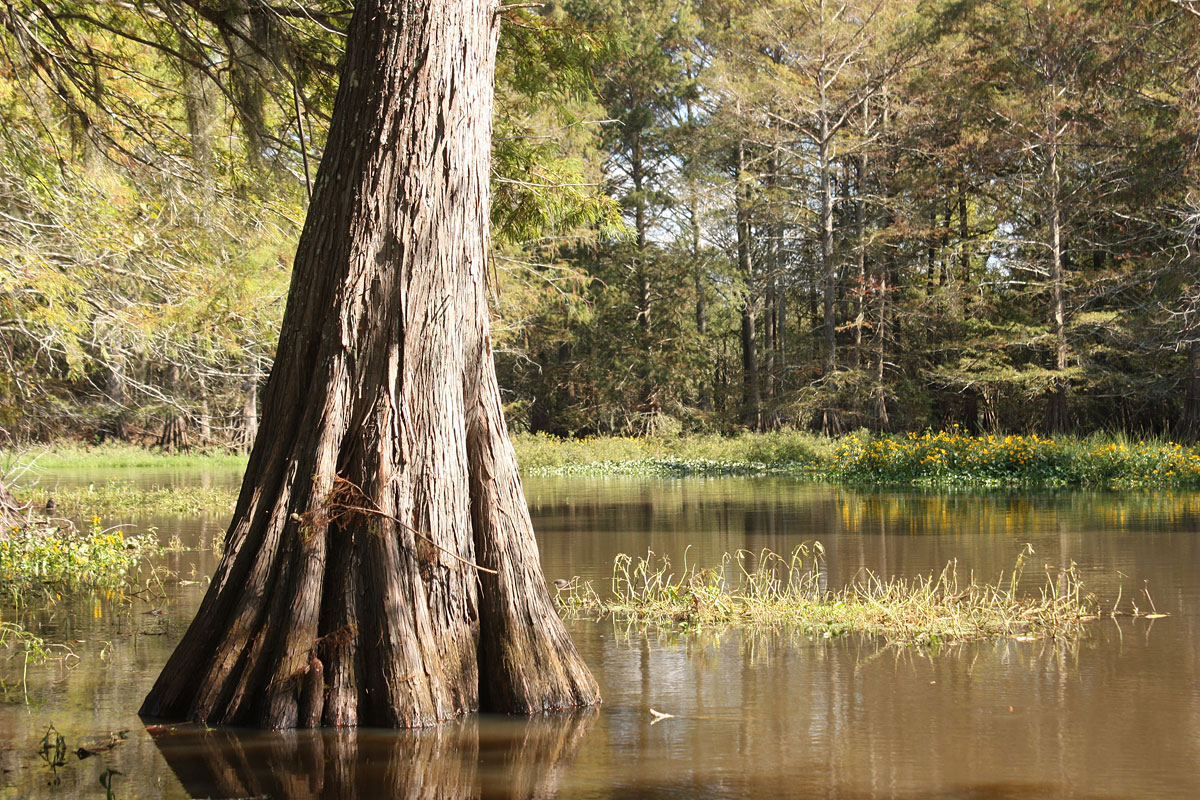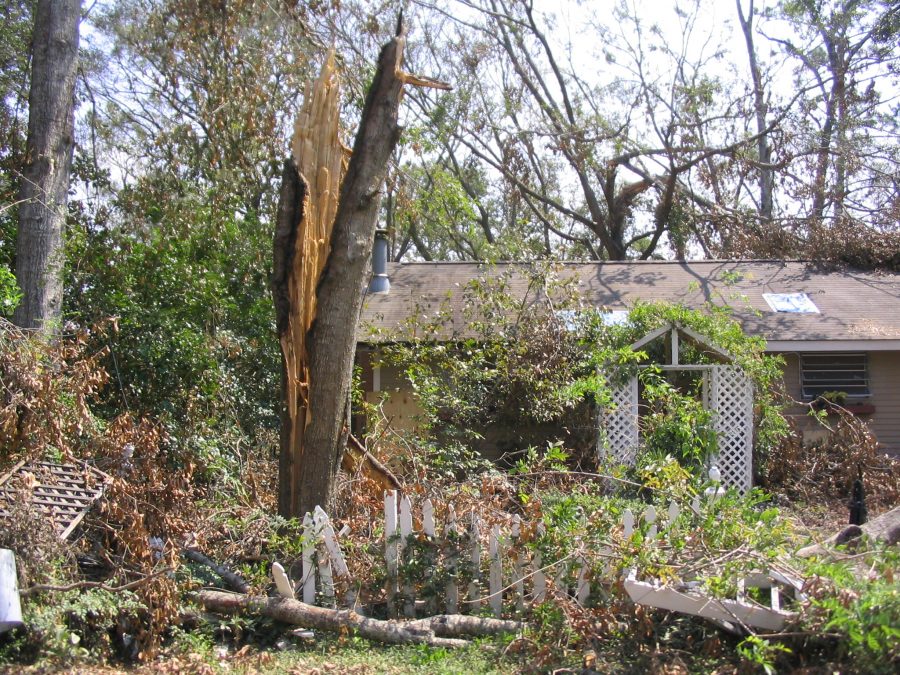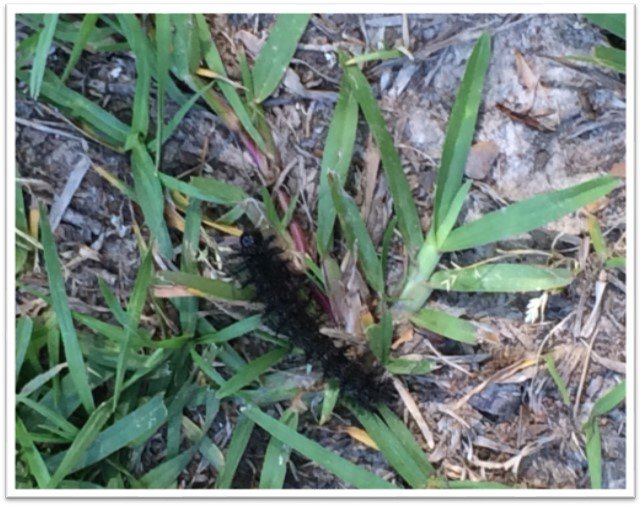
Beat the Heat
June 15, 2022
Gov. Edwards Nominates Atchafalaya Basin for Consideration in NOAA’s National Estuarine Research Reserve
June 15, 2022By Dan Gill LSU AgCenter Horticulturist
Violent thunderstorms can occur during the summer, and in south Louisiana high winds from hurricanes are a real concern. Although trees add immeasurably to our home grounds, trees with problems can be a liability during storms or hurricanes. So now is an excellent time to take a look at trees in your landscape.
First, check for trees that have large dead branches or are totally dead. They should be dealt with as soon as possible. Dead branches should be pruned off, and dead trees should be removed entirely.
Look at the overall condition of your trees. A tree that is sickly, low in vigor and shows significant signs of rotten or decayed areas in the trunk may need to be removed if it poses a threat to buildings. Trees whose trunks have large cavities with extensive decay should be considered for removal because rot weakens the trunk and reduces a tree’s ability to withstand strong winds.
After an extreme rain associated with hurricanes or storms, the soil may be so soft that trees topple over if the weight is not properly proportioned. Trees that are very one sided or leaning significantly may also need attention. Selective pruning can relieve the weight on the heavier side balancing out the weight distribution of the canopy.
Also look for branches that hang over the house near the roof. Although the branches may not be touching the roof under normal conditions, the high winds of violent storms or hurricanes can cause trees to bend and branches to flail around considerably. These branches can cause extensive damage to the roof and should generally be removed.
Normally, it is best to have this kind of work done by a professional licensed arborist. Arborists are trained individuals who make a career of caring for the urban forest. Some arborists are self-employed, while others work for tree care companies, public utilities, municipalities or public parks. The areas in which arborists can help you include planting, transplanting, pruning, fertilizing, pest management (such as spraying for caterpillars or treating for termites), tree removal, value appraisals and protecting trees during construction. Selecting the right arborist to do the work is an important decision.
Tips for Selecting an Arborist
A list of licensed arborists by parish is available at the Louisiana Department of Agriculture and Forestry online. Go to www.ldaf.state.la.us, put “arborist by parish” in the search box. Use this list to ensure you are selecting licensed companies and individuals.
When you interview an arborist to do any work, ask to see a copy of their state arborist license. All practicing arborists must be licensed by the Louisiana Department of Agriculture and Forestry. This is necessary for any work done on a tree, including pruning or removal.
Also ask to see certificates of insurance, including proof of liability for personal and property damage and worker compensation. Then check with the insurance company to make certain the policy is current.
Beware of “door-knockers.” This is especially common after storms when nonprofessionals see a chance to earn some quick money.
Never let yourself be rushed by bargains such as “If you sign an agreement today, I can take 10 percent off the price.”
Ask for local references, and look at other jobs the company has done. Check with the Better Business Bureau to see how well they resolve complaints.
Having more than one licensed arborist look at the job and give you estimates ensures you get a proper assessment or diagnosis and fair price for the work. This also allows you to get other opinions on work that needs to be done. Don’t expect one arborist to lower his bid to match another’s estimate. And don’t be shy about asking questions. You need to understand what the arborist proposes to do and why.
A good arborist will never recommend – or agree to – topping a tree except under rare circumstances, such as to save the tree after severe physical damage to the crown.
Unless you simply need a tree removed, choose a company that offers a wide range of services, such as pruning, fertilizing, cabling and bracing, pest control, etc.
Do not allow an arborist to use climbing spikes to climb a living tree unless the tree is being removed.
To make sure the work is performed to the standards you expect, a written contract is recommended. It should include the dates when the work will start and finish, exactly what work will be done, what cleanup work will be done and when, and the total dollar amount you will be charged. If a tree is to be removed and the stump ground down, make sure the company agrees to remove all of the wood chips if you don’t want them.
It is strongly recommend that you be present and watch while the work is being done, even if you have to take time off from work. It’s the best way to make sure the work done is what you wanted and expected, and to avoid surprises after the work is finished.









